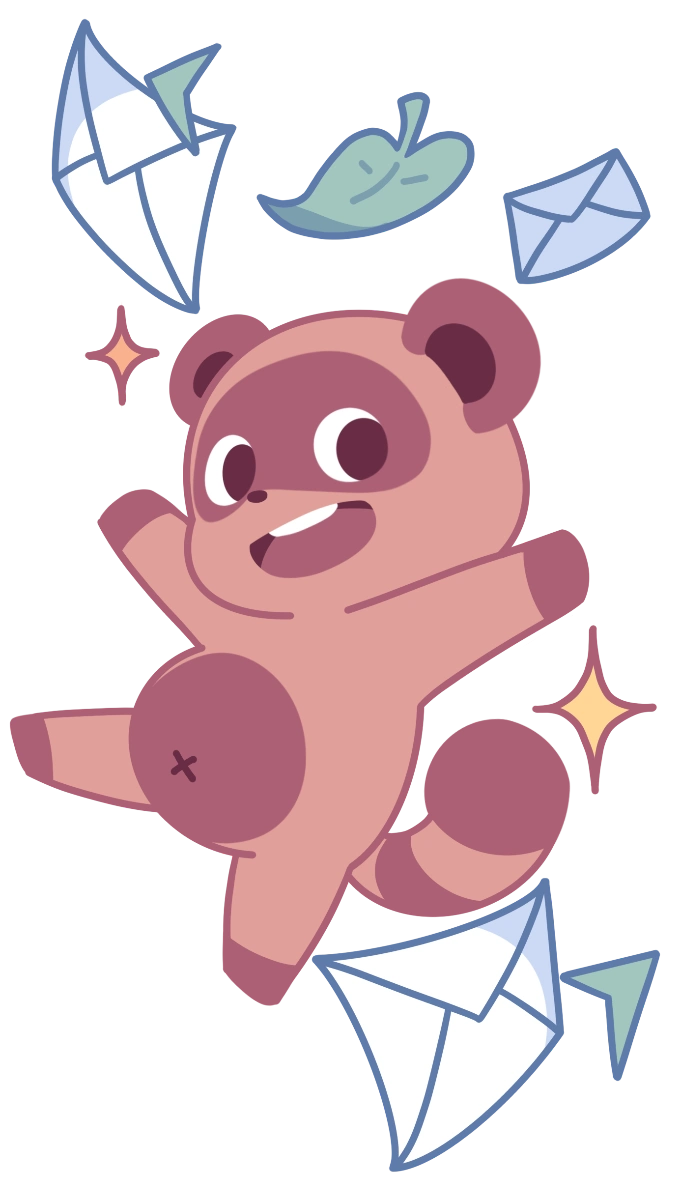Email marketing is a creative field, but it does have its rules for success. More seasoned email marketers know this and have learned how to practice good email etiquette and implement effective strategies in their email marketing campaigns based on trial and error.
To avoid repeating the same mistakes, in this article, we’ll share the best email marketing tips you can use in your email campaign, regardless of whether you’re a beginner or an intermediate in the field.
TLDR: To boost your email marketing campaign efforts, you should avoid buying email lists. The first email you send to new subscribers should be sent within the first 24 hours of subscribing. Emails should be sent by a real person instead of email software, and you should always mind your subject lines. Write shorter emails that get straight to the point, and always use a CTA button accompanied by its alt-text alternative. And last but not least, always personalize your emails and make sure they’re relevant to your subscribers.
Don’t Buy Email Lists
Many people new to email marketing think buying email lists online is a good idea. You get tons of potential customers in one place, so it seems like an efficient and easy way to get started and reach new leads!
Well, it’s anything but. First, buying lists is highly unethical - you should only send emails to people who have willingly subscribed to your services. Hounding them online through some dubiously obtained email lists is just not a good way to start your business.
What’s more, these lists are perfect places to encounter spam traps - fake or abandoned email addresses that spam-fighting services use to hunt bots and spammers. Sending emails to spam traps can seriously harm your bounce rates and the sender’s reputation, so avoid doing this at all costs.
Send an Email to New Contacts in the First 24 Hours
Timing is super important in email marketing. That’s why you must use the momentum when your brand or business is fresh in your prospects’ or customers’ minds and capitalize on that.
Sending the first email is a great way to build brand awareness and the first step to building brand loyalty by telling your customer what they can expect from you and how it will benefit them.
This can easily be done by setting up automated email workflows. Bento gives you lots of ways in which automated workflows can get triggered, like a contact being added to a list, an existing user landing on a specific page, a user opening an email or clicking a link, and so on.
Workflows help you engage new and existing customers and give you plenty of opportunities to nurture leads.
Emails Should Be Sent From a Real Person
The math is simple here: open rates greatly increase if the sender is a real person’s name. One case study from MindBerry, an Austrian company specializing in user experience, shopper psychology, and conversion optimization, discovered that changing a sender’s name could prompt a 57% increase in email open rates!
The reason for this is simple - people usually trust a human name that sounds familiar to them more than a generic company one. The latter often reminds them of spam email, so they’re more likely to open a human-sounding email.
So, this form:
Sender name: Kathy Rutgers Sender’s email address: krutgers@companyname.com
… is better than this one:
Sender name: Company name/Marketing team Sender’s email address: marketing@companyname.com
Pay Attention to the Subject Lines
Consumers’ inboxes are flooded with messages every day, so your subject lines should be able to compete with all of them. They should stand out from the crowd and catch your subscribers’ attention, so they cannot resist clicking them.
This isn’t as hard as it might seem; you just have to put some more thought into it. Follow these simple rules for better subject lines:
-
Make sure they have 50 or fewer characters so that they can be read in their entirety on mobile devices;
-
Use clear and concise language, something that your clientele is already familiar with;
-
Create excitement and urgency with action-oriented words (like “Claim unlimited access to +1500 free photos”, “Get a 10% discount - offer expires today”, or “Increase your open rates with these tricks”);
-
Include the sale, special offer, or discount in the subject line (“30% off your favorite books”, “Use XYZ code and get 25% off”);
-
Don’t rely on spam triggers, such as “Save” and “Cash”;
-
Include your subscribers’ first names or geographic location (although you should do this with more important and specific offers because overdoing it might have a countereffect of being too repetitive).
Make Sure Your Emails Are Concise and On-Point
In today’s fast-paced world when consumers’ attention span is shrinking by the day, long and poorly structured emails are just not read anymore. Moreover, they can catch the always wakeful eye of spam filters, and that’s certainly not a good thing.
And why send an unnecessarily long email when a short one can do the job just as well, if not better?
Short and concise emails drive curiosity and inform subscribers of the main point in a manner of seconds. They’re more effective, and readers are more likely to take action and engage.
So how long should emails be, ideally? According to Constant Contact data, it’s advisable to keep them somewhere between 50 and 200 words. The same research discovered that emails with around 20 lines of text faired best when it came to high click-through rates.
That said, sometimes we can’t escape it and an email just has to be longer than advisable. In that case, make sure to structure it well and divide the email into smaller paragraphs. Use headings, bullet lists, visuals, and a TLDR section to make it easier to read and skim.
Don’t Forget About the Call to Action Button
A call to action or a CTA button is another effective element you can include in your emails. It works to quickly incentivize the subscriber to do something (make a purchase, check out your product/service, read a blog article, get a coupon, and so on). That’s why the CTA button has to be easily visible and more visually distinguishable from the rest of the email.
CTA buttons should be relevant to your email body. For example, let’s say you’re an online marketer promoting their free ebook - you can put a CTA button for the free ebook in a message that tells your client about novelties in your marketing strategies and how they can implement them in their own enterprises.
Don’t Forget to Add Alt Text to the CTA Button Image
This is also super important because oftentimes a lot of clients’ email services actually block the images within the emails (as a means to improve security and fight spam). This also includes the images of the CTA buttons. And even though it’s a pity that a lot of your subscribers won’t be able to see your nicely crafted CTA button image, you can still prevent them from seeing a blank square by adding alt text to the image.
This enables the subscribers who can’t see the CTA button image to at least see the CTA alt text that explains what the CTA is about and to click on it if they’re interested.
You can do this in two ways. Either right-click on the CTA image in the rich text editor of your email marketing platform and edit it from there. Or you can also manually enter the alt text in the HTML editor of your email toolkit. It should look something like this:
Personalize Your Emails
Email personalization is a must and one of the most important parts of a successful email campaign. Email personalization doesn’t only mean addressing your client or subscriber by their first name. Sure, that’s one part of it, but it also means:
-
Including relevant information for your clients;
-
Sending timely emails - like celebrating birthdays and anniversaries, subscription expiration dates or milestone reminders, etc.;
-
Knowing your subscribers’ needs and interests and being able to anticipate them.
To do all this, you have to develop a strategy to gather customer data that’s precise and relevant, like their preferences, birthdays, geographic locations, age group, as well as their clicking habits, and purchase history.
Conclusion
These email marketing tips are aimed at helping you out in creating a better email marketing campaign. Following the best practices in the industry is the best way to expand your business and be fair to your clients and subscribers.
Enjoyed this article?
Get more email marketing tips delivered to your inbox. Join 4,000+ marketers.
No spam, unsubscribe anytime.


